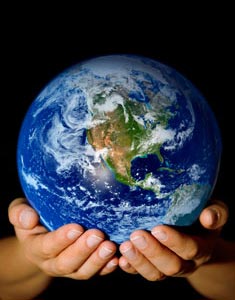
My writings - and those of others.
Interpretations
I’ve been reading Karen Armstrong’s latest book, Sacred Nature, Restoring Our Ancient Bond with the Natural World. One of her strengths is a thorough understanding of Christianity and her additional willingness to explore the teachings of other faiths and to share them. This book reinforces something that I have come to realize in my own explorations. Faith communities need to play an important role in the conversations around aspects of climate emergency and climate justice that cannot be provided by either science or environmental advocacy groups, important as both are. Ours relates to values, ethics, meanings and the rituals where we enact our understandings.
Armstrong has much in common with the views of Thomas Berry, though it is surprising not to find him listed in her bibliography -though his students, Tucker and Swimme are very much there though.
Other faiths have always the divine in nature and continue to do so. Christianity did in its earlier days, but diverged in the fourteenth century. Western people encounter the God of history, especially as it is understood in the Old Testament, rather than a God of nature. When we are encouraged to look at nature, we are encouraged to see beauty and look for comfort now - while forgetting the ugliness and discomfort that we have wreaked upon it through the notion of domination over it. What we may miss in the process is nature’s power to disrupt and destroy, which other faiths and cultures recognize more fully. Job, for Armstrong, is the Biblical figure who gets it right - but not without going through a major transformation. Armstrong sees it as a lens worth exploring.


